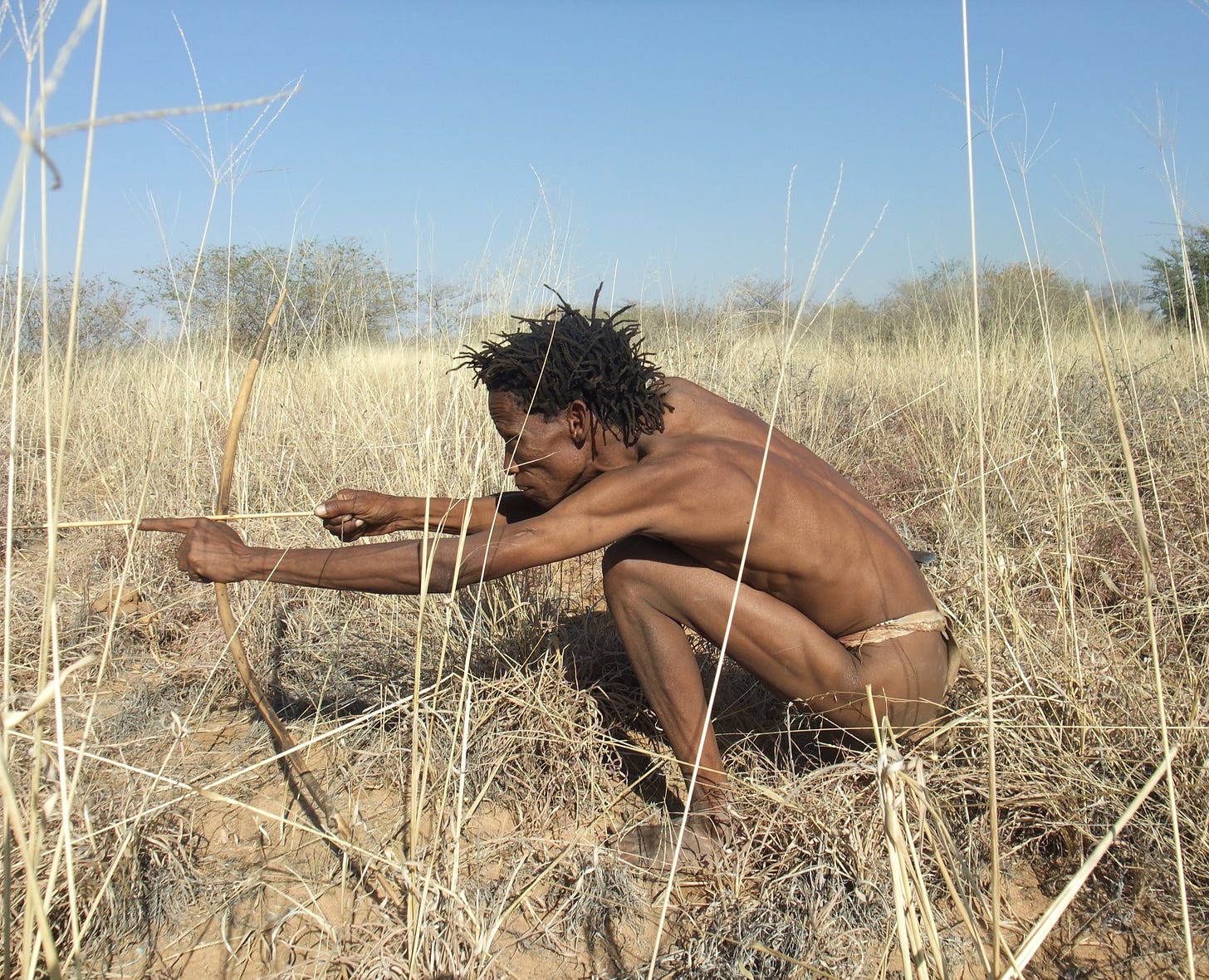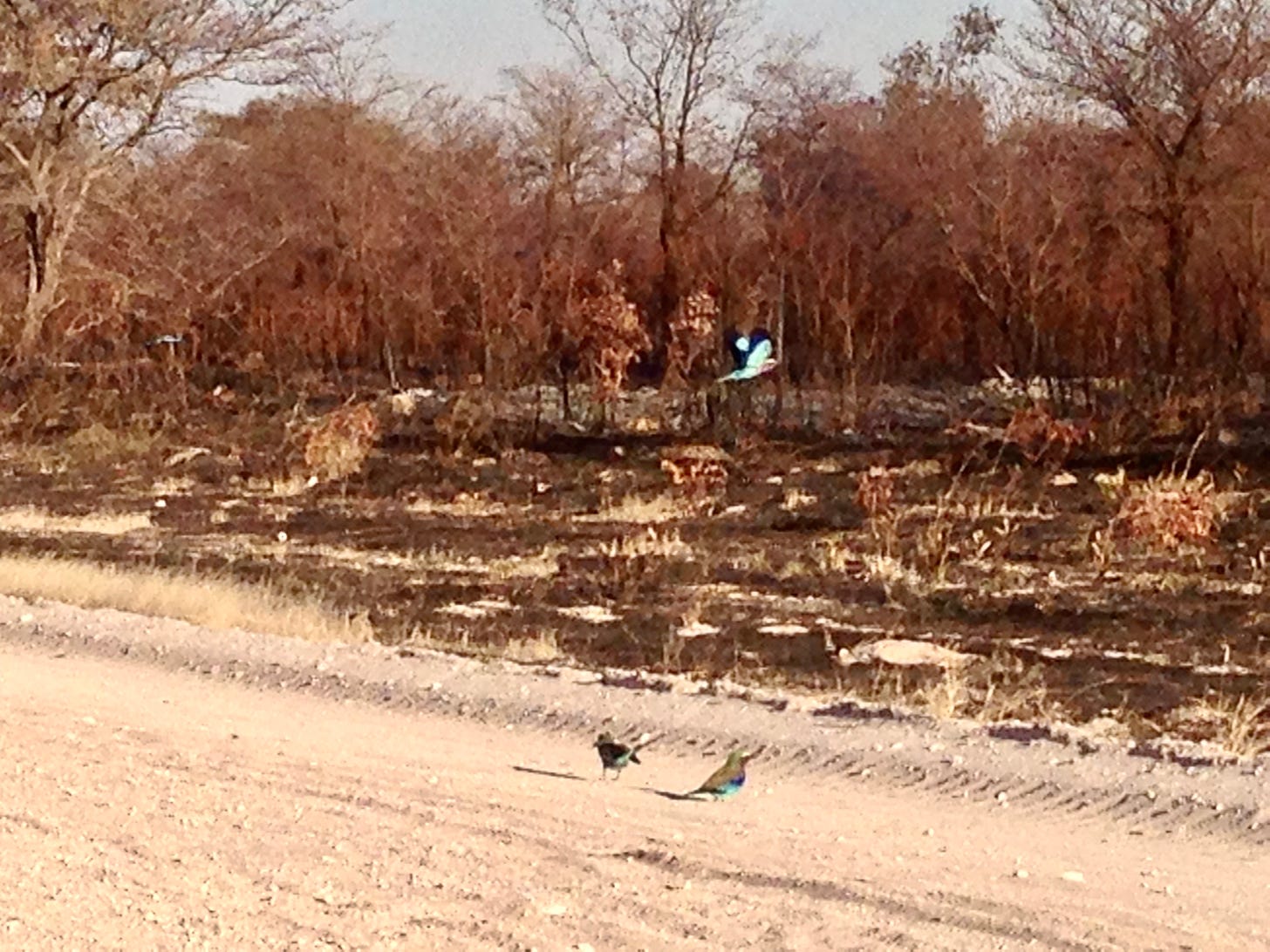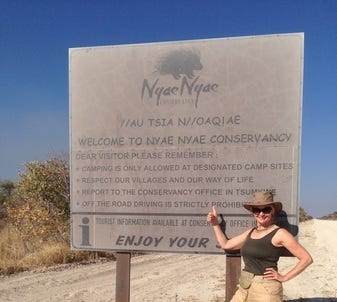San Stories
I’ve been researching the San, an indigenous group of click-language speakers in southern Africa, for close to 25 years. My interest began when I wanted to advocate for San rights via a novel, Salt & Honey. (New edition coming soon!) I undertook field research in Namibia among the Ju|’hoansi. 1 The rest is the history of my passion for the survival of the San and their culture.
Over the years, I’ve been lucky enough to be invited to work with various groups of San from the remaining language groups. (Total San population estimated at around 100 000 people- 2011 census.)
The tuition I’ve given has related to writing literacy and story, but in fact, the San have taught me about story and much else besides: democracy, ecology, egalitarianism, child-rearing, shamanism, plant and animal lore, folktale and social care.
I’ve been adopted by a Ju|’hoan family and I’ve undertaken fundraising to provide nutrition in a group of mother-tongue schools.
Nowadays, that Village Schools Feeding scheme is part of this registered charity. Any public talks or storytelling I do, as well as proceeds from sales of my novels, go towards Saving the San.
Spelled phonetically as: ‘zhu |=pause twan-si’, in case you’re curious about pronunciation.
Excerpts from my Research blog
Recording my fieldwork in the Nyae Nyae Conservancy, homeland of the Ju|hoan community.
For the full reports you may want to visit the original blog.
Return to Nyae Nyae
(9/7/2016)
Courtesy of my employer, the University of Wolverhampton, I received funding to undertake a reccie to Nyae Nyae, homeland of the Ju|’hoansi San in north-eastern Namibia. My aim was to investigate reading/writing literacy among this group of former hunter-gatherers. Personally, I was hoping to find a San writer I could mentor so s/he could write first-hand about the experiences of this, one of the world’s oldest and most marginalized indigenous people.
I was able to coincide my visit with that of Melissa Heckler, founding teacher of the Village Schools Project, which offers culturally-mediated mother–tongue education to Ju|’hoan children in remote areas, so I was keen to learn about this renowned literacy initiative. But first we had to get there.
One reaches Nyae Nyae by crossing the African continent, then travelling 670 km north from Windhoek, the capital city of Namibia. We passed troupes of baboon which live in the copper-coloured hills surrounding the city, then entered a seemingly endless savannahscape: dark umbrella-shaped thorn trees protruding above an ocean of bleached grass; families of warthog on calloused knees rooting around on the verges; roan antelope and once, a rare Nyala gazing out from behind a high game fence. The road goes on and on and on and on, but I was with one of the world’s top storytellers so the kilometers flew by.
I'd barely registered the turn off to the big meteor crash site near Grootfontein before we were on the 'Great White Way', the gravel road that leads ultimately to the border between Namibia and Botswana. It’s a hot and dusty 5-hour drive through thorn scrub that's tinder-dry after a long drought. Veld fires, set and accidental, are common, and I was relieved that the wide road acted as firebreak to the inferno we encountered on our right-hand side. The not-so-hard shoulder of this road (beware deep, sucking sand turned glassy by the intense heat) was a feeding station for the startlingly coloured lilac-breasted rollers who waited there to gobble up grasshoppers fleeing the flames. I've never seen so many rollers concentrated in one space. They say every bird has 27 colours in its plumage and I can vouch for the fact that the turquoise-blue wings alone are dazzling against the backdrop of charred veld.
Finally a transmission tower appeared on the horizon (Remember this tower; it looms large in my new project) and Melissa craned forward. This was her seventeenth trip to the Nyae Nyae Conservancy since she started the first Village school 25 years ago. Some of the Ju|’hoan children she taught are now adults and send their children to Village schools. On this visit Melissa planned to initiate a pre-school program for the new generation of Ju|’hoan children.
I had personal reasons for feeling excited. It was 22 years since I‘d visited this area and I hoped to meet up with some of the people who unwittingly inspired my first novel, Salt & Honey. I figured the chances were slim; they were nomadic, the group may have disbanded, people could have died. And I wasn't sure how close to Tsumkwe,
the town where I'd be based, they had been. Still, strange things happen in the Kalahari; as Melissa says, you've just got to be there.







